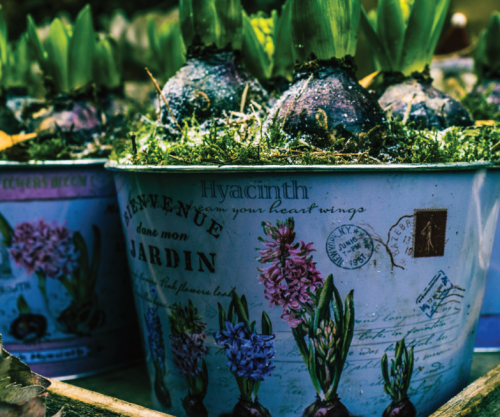
This Father’s Day, despite the chilly weather, what better way to celebrate than by lighting up the old braai; because, let’s face it, nothing beats a traditional charcoal braai sans gas. Men get to revel in their ‘manliness’ while ladies get some time out of the kitchen.

Derek Bresgi of The Rare Meat Company, an exclusive supplier of high-quality, humanely produced, free-range and grass-fed meat products, shares tips on how to braai the perfect cut of meat.
Choose a quality product
A great braai is nothing without a good quality cut of meat, the best quality being free-range, grass-fed meat. Grass-fed meat comes from cattle that feed only on grass and are farmed in a much more ethical, sustainable manner than grain-fed cattle. Not only is grass-fed meat tastier than grain-fed, but it’s healthier too and contains more Omega-3 fatty acids.
Know your cuts and cooking times
Once you’ve chosen to go with grass-fed, it’s important to know how to cook the meat so you don’t end up wasting a good quality product. Chicken, for example, needs longer cooking time, so it should be placed on the braai first; while steak, wors and chops have shorter cooking times. Grass-fed meat is ideal for braaiing as it cooks about 30 percent faster than grain-fed due to the fat of grass-fed meat having a lower melting point. When cooking steak, the grill should be approximately 20cm above the coals, which should still be hot. You should not be able to hold your hand at grid level for longer than five seconds. The recommended cooking times for steak are six minutes for rare, eight for medium and ten to twelve for well done.
Preserve the flavour
One of the added advantages of eating grass-fed meat is the great quality and flavour. It’s important to respect the integrity of the beef and not conceal the flavour with unnecessary ingredients and marinades. Because grass-fed meat is leaner, brush the meat with a little olive oil, this helps the searing process and prevents it from sticking to the grill and drying out. A simple squeeze of lemon over the meat can also do a lot for enhancing the flavour and tenderness. Salt draws out the juices and prevents browning. It can also make the meat dry and tough, so salt it just before braaiing or preferably after.
Handle with care
If you’ve gone to the trouble of choosing a superior grass-fed product, knowing how to handle it is important. Don’t defrost meat in the microwave or sun, rather leave it in the fridge to thaw. Also, don’t cook the meat while cold; it should be left at room temperature for at least 20 minutes before braaiing. Most importantly, don’t turn the meat on the braai with a fork as this will make the natural juices escape and result in a tougher product; rather use a good set of braai tongs. Turn the meat only once – 60% of the cooking time on one side, then turn and cook for the remaining 40% on the other side. Lastly, allowing the meat to sit for 10 minutes on a warm plate will allow the juices to redistribute, resulting in a succulent flavoursome end product.
Perfect pairing
There is a lot to be said about food and wine pairings of all kinds. As much as you don’t want to mask the flavour of the meat when preparing and cooking it, the same goes for what you eat and drink with the final product. A nicely cooked piece of grass-fed meat pairs beautifully with lighter style craft beers and juicy red wines that aren’t too pungent or acidic and complement, rather than compete with, the flavour of the meat.
If you’ve put the effort to source and buy good quality grass-fed meat, then it’s worth the little bit of extra time and attention in preparing and cooking it as the end result will be that much more satisfying.




